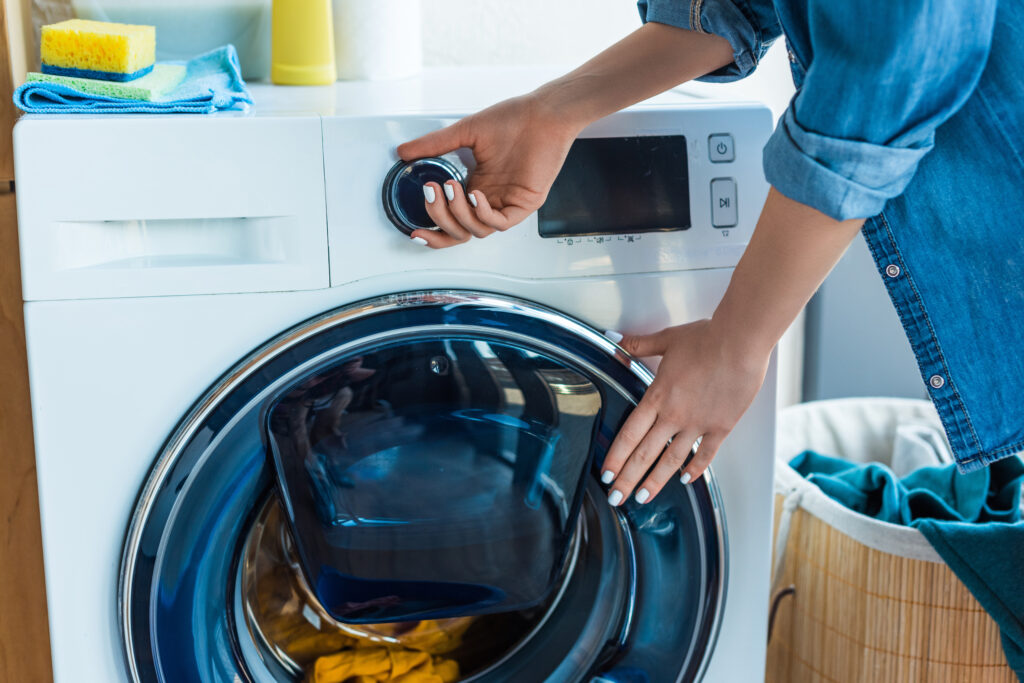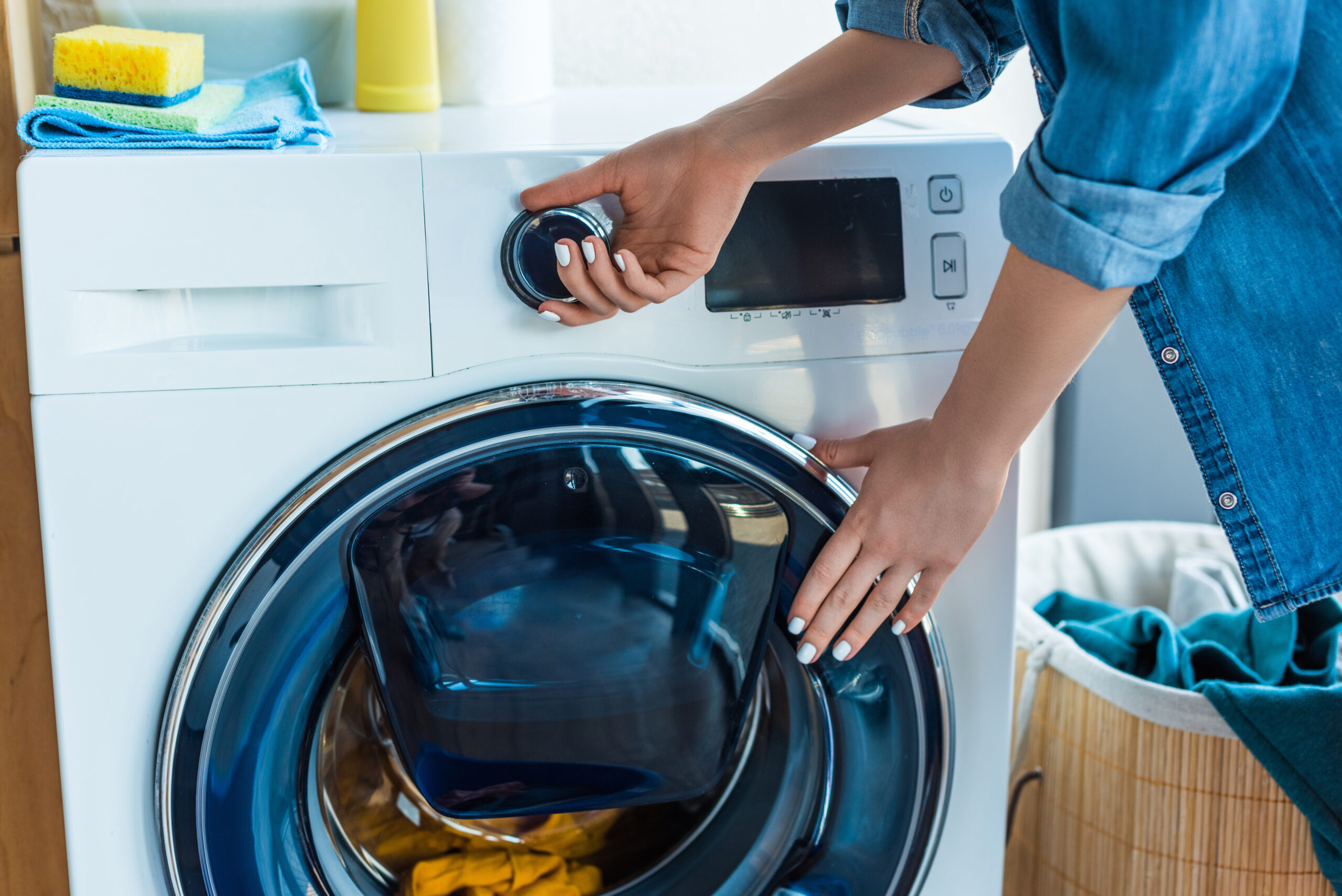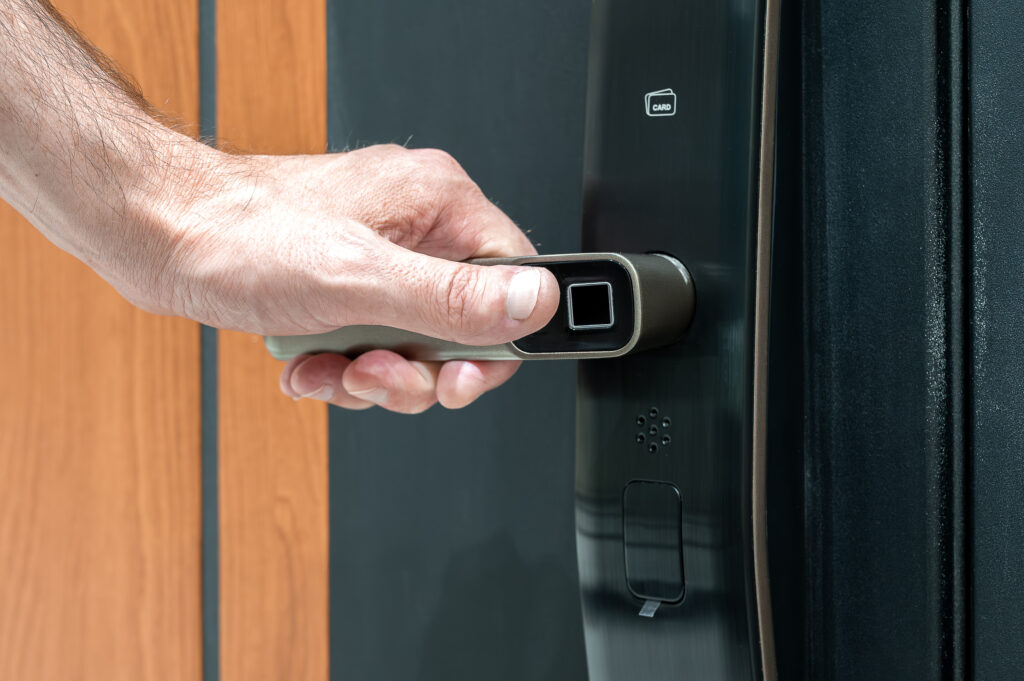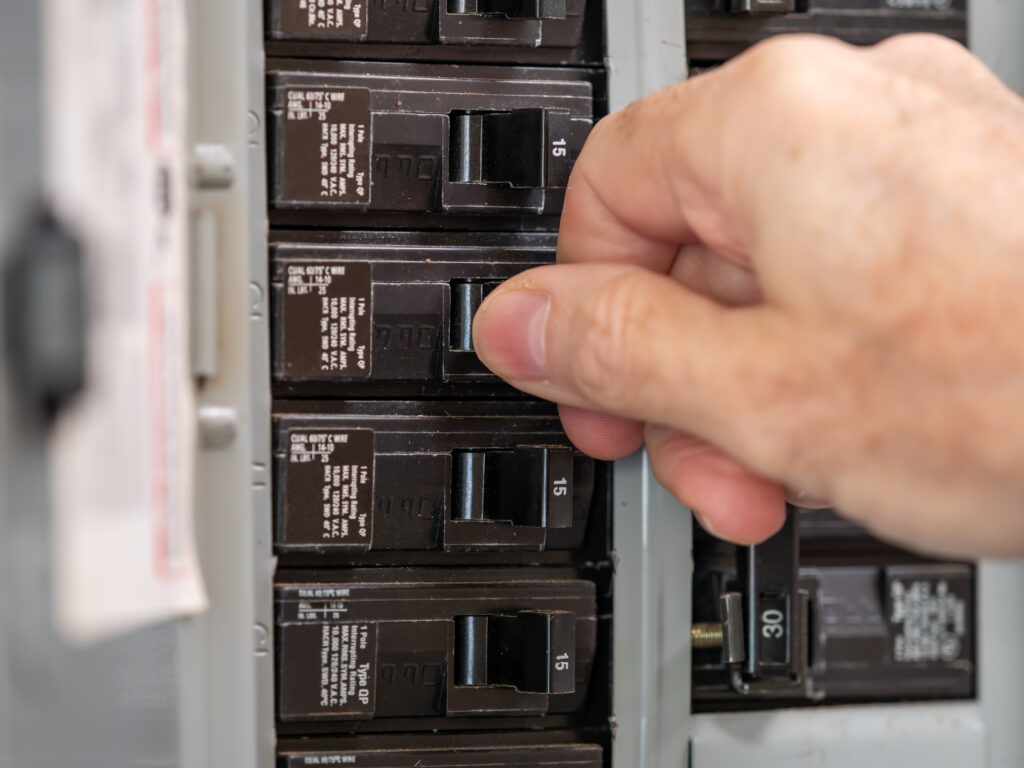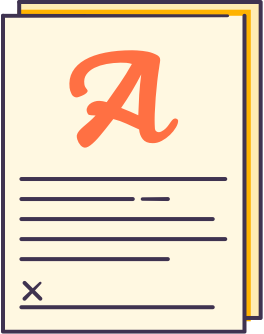Washer Not Draining? Here’s What Every Homeowner Should Know
When your washing machine stops draining, it disrupts more than your laundry routine. It signals a potential issue in a key home system—your appliance’s drainage mechanism. And while a pile of damp towels may be the immediate concern, a washer that won’t drain could hint at bigger plumbing or mechanical problems. Homeowners committed to maintaining an efficient, functional household benefit from understanding how this essential appliance works, why drainage issues happen, and how to address them effectively. This guide will walk through the washer’s drainage system, identify common causes for problems, and explore how a home warranty can mitigate costly repairs.
Understanding How a Washing Machine Drains
At its core, a washing machine relies on a mechanical system to remove used water after each wash and rinse cycle. Once the cycle triggers water removal, an electric drain pump activates, pulling water out of the tub and pushing it through the drain hose into your home’s wastewater line. This sequence is critically timed and depends on several components working seamlessly: the control board, pump, drain hose, filter, and in some cases, the water level switch. Any disruption in this chain can result in your washer failing to drain properly. Recognizing how these parts interact helps homeowners evaluate problems early and avoid larger maintenance issues down the road.
Common Reasons Why Your Washer Isn’t Draining
Clogged or kinked drain hoses are one of the most frequent culprits. Over time, residual lint, soap scum, or even stray clothing items like socks can accumulate and block the hose entirely. In other cases, the drain pump itself may fail—whether due to a blockage or mechanical malfunction. Sometimes the issue is simpler, like a power outage interrupting the pump mid-cycle. Another reason is a defective lid switch, which is a safety mechanism that prevents the washer from spinning or draining if the lid isn’t properly closed. In front-loading machines, a faulty door latch can trigger the same response. Understanding these common causes provides a starting point for troubleshooting and knowing when to escalate to professional service.
Indicators Your Washer Has a Drainage Problem
A washer that still holds water after the cycle completes is the most obvious sign of drainage failure. But sometimes the symptoms are more subtle. You may hear the pump running but see no actual drainage or notice water leaking from the machine or around the drain hose. Slow or incomplete cycles, especially if your washing machine stalls before spinning, can also trace back to drainage problems. One subtle signal many homeowners miss is a persistent mildew odor—it often results when water sits stagnant, unable to fully cycle out of the machine. Knowing what to look for helps homeowners respond quickly before minor malfunctions lead to flooding or mold.
Short-Term Fixes vs. Long-Term Prevention
Before calling in a technician, homeowners often attempt basic fixes such as checking the filter trap or manually inspecting the drain hose. Disconnecting and rinsing the hose can sometimes clear blockages, and removing visible obstructions near the drain filter may restore function temporarily. However, if your appliance regularly struggles to drain, these are signs of deeper wear within the pump motor or control board. Long-term prevention involves scheduled maintenance: cleaning your machine regularly, running periodic empty cycles with vinegar, and inspecting hoses twice a year for wear or bends. For busy households, long-term appliance care quickly becomes a priority worth investing in.
Grounding Issues in Washers and Why They Matter
A separate but crucial point many homeowners overlook is electrical grounding. Washing machines are high-load appliances that rely on proper grounding to safely discharge static and protect sensitive components. If your washer isn’t properly grounded, it may trigger symptoms that mimic drainage issues—such as operational glitches, false stall cycles, or even sensor failures. In some cases, a grounding issue can cause the control board to misread water levels or interrupt the drain cycle altogether. Improper grounding can also pose shock hazards or lead to circuit breaker trips. If you’ve ruled out common drainage obstructions and the issue persists, enlist a licensed electrician to check household grounding and verify your appliance’s circuit.
When to Call for Professional Help—or Not
It’s reasonable for homeowners to attempt basic diagnostics: check the hose, inspect the filter, confirm the lid lock. But persistent drainage problems, repeated error codes, or power-related symptoms shouldn’t be ignored. These require diagnostic tools and knowledge that many households understandably don’t have. More importantly, replacing components like a drain pump or control board can cost hundreds, depending on your unit’s brand and model. That’s when professional help becomes not only necessary but cost-efficient. On the other hand, if your drainage issue turns out to be a sock wedged into the filter, you’ve saved time and cost through simple awareness. The line between both scenarios is knowing your appliance and catching clues early.
Why Homeowners Trust Armadillo for Appliance Protection
For homeowners concerned about washing machine failures—especially issues like drainage malfunctions or pump replacement—coverage through a home warranty offers peace of mind. Armadillo provides carefully designed plans that include major appliance coverage to shield you from unexpected repair costs. With Armadillo, if your washer stops working due to drainage issues tied to mechanical failure or electrical malfunction, your policy can step in to cover parts and labor. That means fewer unwelcome surprises, less stress during emergencies, and more time focusing on life outside the laundry room. Start building your customized appliance protection plan today at armadillo.one, or jump straight to coverage options based on your ZIP code through our Plan Builder. Armadillo is the backup you didn’t know you needed—until the spin cycle fails mid-cycle.
















